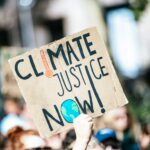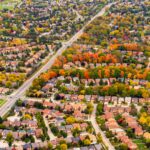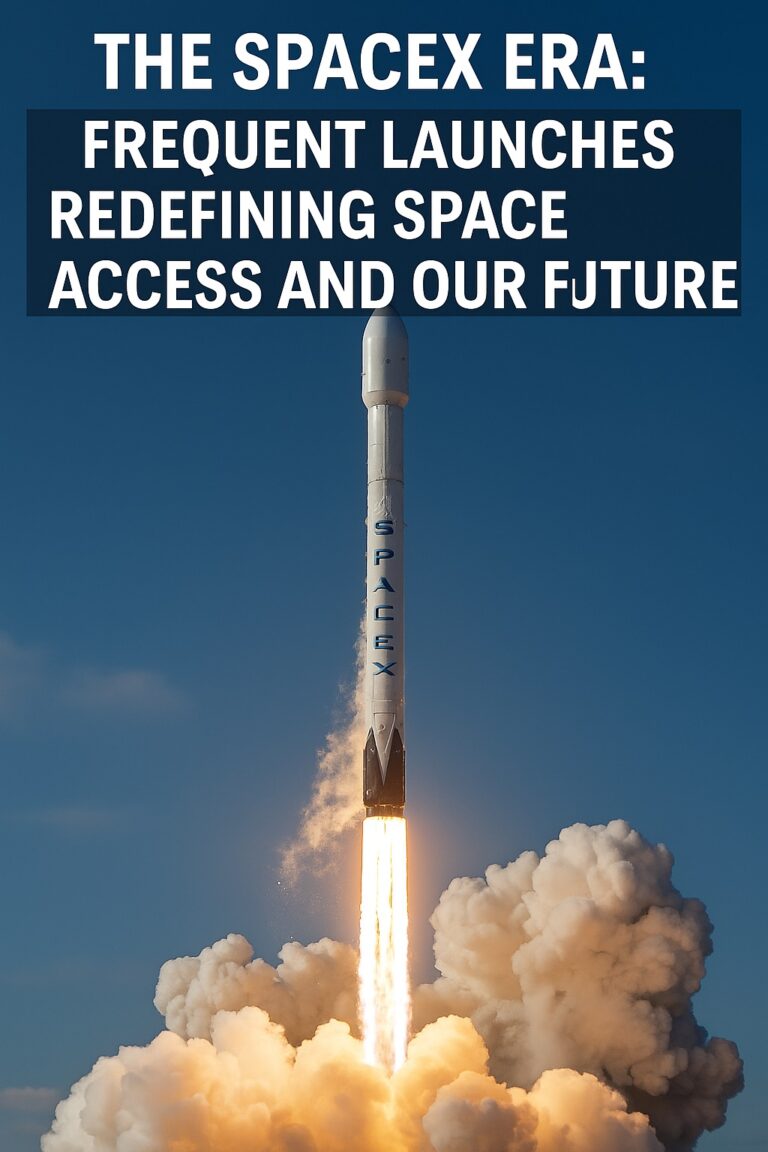
⚠️ Disclaimer: This article provides general information about U.S. federal student loan forgiveness programs as of June 2025. It is not financial or legal advice. Student loan policies are complex and subject to change. Eligibility criteria are strict. Always consult official government sources like StudentAid.gov or a certified financial aid advisor for personalized guidance and the most current, accurate information.
Navigating Student Loan Forgiveness in 2025
In 2025, the landscape of student loan forgiveness continues to evolve, offering both hope and uncertainty for millions of borrowers. While recent efforts by the Biden-Harris administration have aimed to expand relief, several initiatives are currently paused or undergoing legal review.
What’s New in 2025?
Federal loan forgiveness programs in 2025 reflect an ongoing transition. Here’s what borrowers should know:
- IDR Account Adjustment: A one-time adjustment is being processed that counts past forbearance and deferment periods toward forgiveness under Income-Driven Repayment (IDR) plans. However, the deadline to consolidate older federal loans (like FFEL and Perkins) to benefit was June 30, 2024. If missed, you may still receive credit if you already have Direct Loans.
- SAVE Plan (Saving on a Valuable Education): The SAVE plan remains active and allows for lower monthly payments. However, expanded features, such as 0% interest if you make monthly payments and accelerated forgiveness for low balances, are currently paused due to a February 2025 federal court injunction.
- Public Service Loan Forgiveness (PSLF): While previous improvements simplified application and tracking, a March 2025 Executive Order seeks to narrow the definition of ‘public service,’ potentially limiting future eligibility. These changes are under review and not yet finalized.
- Borrower Defense to Repayment: This program remains active for those defrauded by educational institutions, but rules are under legal and congressional review, affecting processing timelines.
Who Qualifies for Forgiveness?
1. SAVE Plan Borrowers
If you’ve made payments under an IDR plan for 20 or 25 years, forgiveness may be possible. Under the SAVE plan, borrowers with original balances of $21,000 or less could qualify for forgiveness in 10–19 years, but this accelerated feature is currently paused.
Note: Borrowers will still receive monthly credit toward traditional 20–25 year forgiveness while SAVE benefits remain under legal review.
2. Public Service Loan Forgiveness (PSLF)
Borrowers working in government or nonprofit sectors may qualify for loan forgiveness after 120 qualifying payments. However:
Important: A March 2025 Executive Order aims to change who qualifies as a “public service” worker. These revisions are not yet in effect but may impact future eligibility. Regularly check StudentAid.gov for updates.
3. Borrower Defense to Repayment
If your school misled you, you may be eligible for loan cancellation through Borrower Defense. The program continues to accept applications, but legal challenges and possible congressional rollback could impact eligibility or processing times.
Important Deadlines in 2025
- PAST: The deadline to consolidate older loans for the IDR adjustment was June 30, 2024.
- Ongoing: PSLF borrowers should submit annual employer certifications to track eligibility.
- Open: Enrollment in the SAVE plan remains available for borrowers seeking reduced payments (though some benefits are paused).
How to Apply or Enroll
- Use the official StudentAid.gov portal to:
- Apply for IDR or SAVE plans
- Submit PSLF forms
- Check eligibility for forgiveness programs
Beware of Scams
Never pay to “apply” for loan forgiveness. Government programs are free. Common scams include:
- Promises of “instant forgiveness”
- Fake agents requesting your FSA ID
- Upfront fees for “processing”
Report suspicious activity to the FTC.
Example Scenarios
Sarah, a nonprofit teacher since 2015, is nearing her 120th PSLF payment. She’s already certified her employment and expects forgiveness later this year—unless future eligibility rules change.
Ravi, an engineer, switched to the SAVE plan. His payment dropped from ₹15,000 ($180) to ₹5,000 ($60) based on income. While accelerated forgiveness is paused, he continues making progress under traditional IDR rules.
Still Have Private Loans?
Private student loans do not qualify for federal forgiveness. However, consider:
- Refinancing for better interest rates
- Seeking hardship relief through your lender
What You Should Do Right Now
- Verify your loan type and current repayment plan.
- Enroll in an IDR plan if you haven’t already.
- Submit PSLF employer certification if eligible.
- Bookmark and regularly check StudentAid.gov for legal/policy updates.
Final Thoughts
Student loan forgiveness in 2025 is filled with both promise and complexity. Legal battles and evolving policies mean it’s essential to stay informed, proactive, and cautious.
Useful External Links
- StudentAid.gov: Official Federal Loan Site
- FTC: Report Student Loan Scams
- White House Briefing Room – Education Policy Updates
About the Author
Jaya is an independent researcher and writer focusing on personal finance, education policy, and technology’s impact on daily life. She is not a certified financial advisor. All financial content is based on analysis of official sources, verified policy documents, and responsible editorial review.
✅ For the most up-to-date student loan information, always visit StudentAid.gov.









